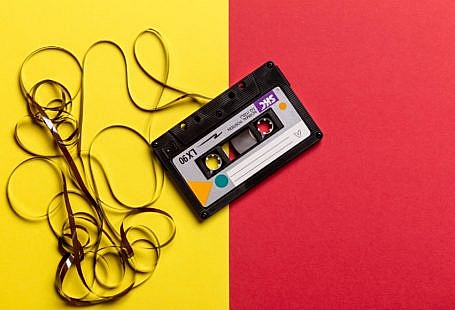In a world of complex decision-making algorithms and high-tech solutions, it’s easy to overlook the humble coin flip. Yet, this seemingly simple act holds a timeless appeal, stretching back through millennia of human history. From ancient divination practices to modern-day games of chance, the coin flip has woven itself into the fabric of our cultural and scientific landscape, offering insights into randomness, probability, and the human psyche.
A Brief History
The origins of the coin flip can be traced back to ancient civilizations, where coins were used not only as currency but also as tools for decision-making and divination. In ancient Rome, for instance, priests would cast coins to seek guidance from the gods, believing that the outcome of the flip held divine significance. Similarly, ancient Chinese diviners used coins in a practice known as “casting the coins” to predict the future and seek advice from spiritual forces.
As societies evolved, so too did the role of the coin flip. In medieval Europe, for example, knights would often settle disputes through “trial by combat,” with the flip a coin determining who would strike the first blow. Over time, the coin flip became ingrained in various aspects of everyday life, from resolving disputes to making mundane decisions.
Cultural Significance
Beyond its practical applications, the coin flip has also left an indelible mark on popular culture. Countless works of literature, film, and art have featured scenes where characters resort to a coin flip to make a crucial decision, highlighting its symbolic significance as a metaphor for fate and chance.
Moreover, the coin flip has become a staple of modern-day sports, particularly in determining possession or deciding tiebreakers. In American football, for instance, the coin toss at the beginning of a game holds immense strategic importance, setting the tone for the ensuing competition.
The Science Behind the Flip
Despite its apparent simplicity, the coin flip is a subject of fascination for scientists and mathematicians alike. The dynamics of a coin in mid-air, rotating and tumbling before coming to rest, are governed by complex physical laws and principles.
Researchers have studied the mechanics of coin flipping to better understand randomness and probability. Factors such as the initial force, angle, and friction with the air and surface play a crucial role in determining the outcome of a flip. In recent years, advances in high-speed cameras and computer simulations have allowed scientists to delve even deeper into the intricacies of coin flipping, shedding light on phenomena such as bias and asymmetry in coin tosses.
Practical Applications
Beyond its cultural and scientific significance, the coin flip continues to find practical applications in various fields. In research and experimentation, coin flips are often used as a simple and fair method for randomization and group assignment. Similarly, in decision-making processes where outcomes are uncertain or preferences are evenly balanced, a coin flip can provide a clear and impartial resolution.
In conclusion, the coin flip may seem like a trivial act, but its history, cultural significance, and scientific intricacies make it a subject worthy of exploration. Whether used as a tool for divination, a symbol of chance, or a practical decision-making aid, the timeless appeal of the coin flip continues to captivate and intrigue us, reminding us of the unpredictable nature of life itself.
Follow TechStrange for more!





